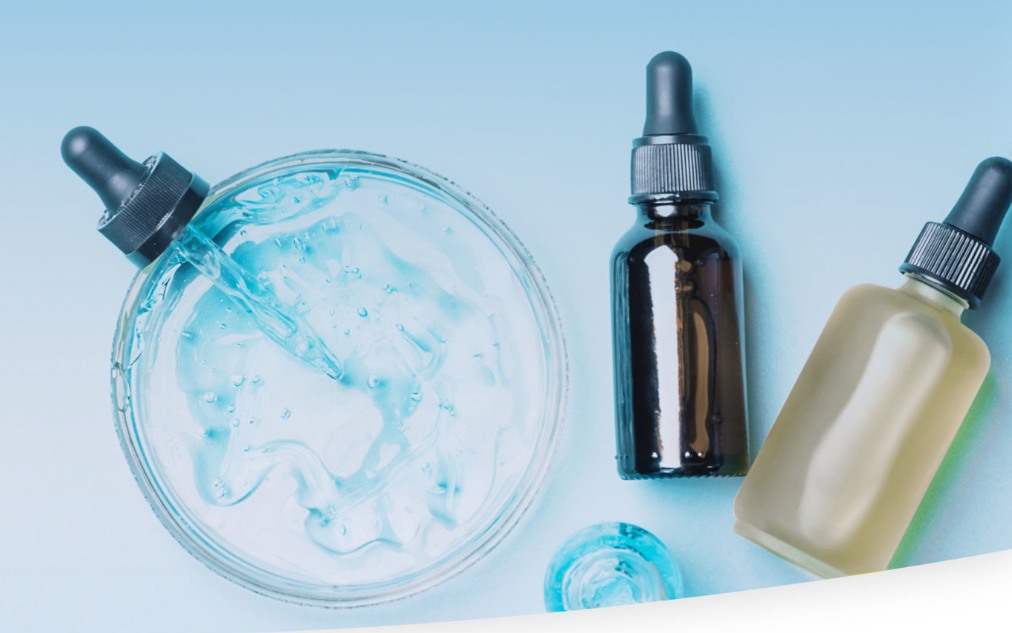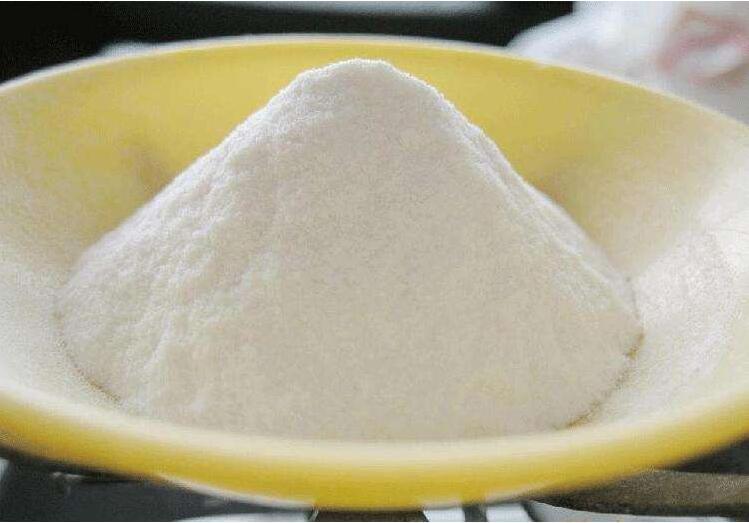Inventory of matrix materials in skincare products (2)
Last week, we talked about some oil-based and powdery materials in cosmetic matrix materials. Today, we will continue to explain the remaining matrix materials: gum materials and solvent materials。
Colloidal raw materials – guardians of viscosity and stability
Glial raw materials are water-soluble polymer compounds. Most of these substances can expand into colloid in water to make solid powder stick and form. They can also be used as emulsifiers to stabilize emulsions or suspensions. In addition, they can also form films and thicken gel. The glial raw materials used in cosmetics are mainly divided into three categories: natural and synthetic, and semi synthetic.
Natural water-soluble polymer compounds: usually derived from plants or animals, such as starch, plant gum (such as Arabic gum), animal gelatin, etc. The quality of these naturally sourced gum raw materials may be unstable due to changes in climate and geographical environment, and there is a risk of contamination by bacteria or mold.
Synthetic water-soluble polymer compounds, including polyvinyl alcohol, polyvinylpyrrolidone, polyacrylic acid, etc., have stable properties, low skin irritation, and low prices, thus replacing natural water-soluble polymer compounds as the main source of colloidal materials. It is often used as an adhesive, thickener, film-forming agent, and emulsifying stabilizer in cosmetics.
Semi synthetic water-soluble polymer compounds: The most common ones include methyl cellulose, ethyl cellulose, carboxymethyl cellulose sodium hydroxyethyl cellulose, guar gum and its derivatives, etc.
Solvent raw materials – key to dissolution and stability
Solvent raw materials are essential components in many liquid, paste, and paste based skincare formulas. When combined with other ingredients in the formula, they maintain certain physical properties of the product. The commonly used solvent raw materials in cosmetics mainly include water, ethanol, isopropanol, n-butanol, ethyl acetate, etc. Water is the most commonly used in skincare products.

